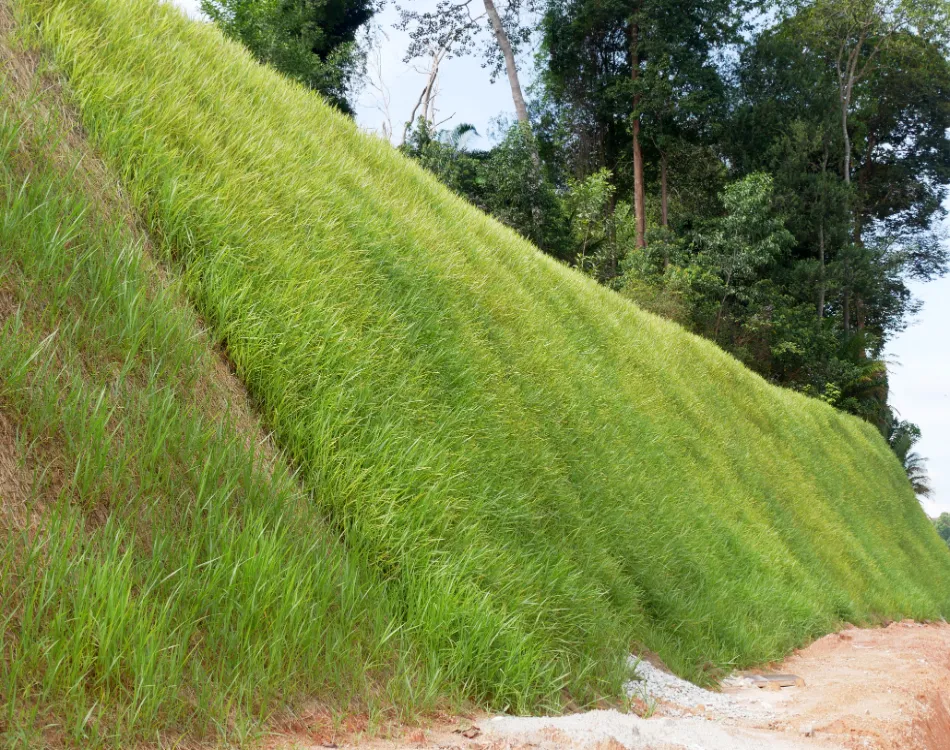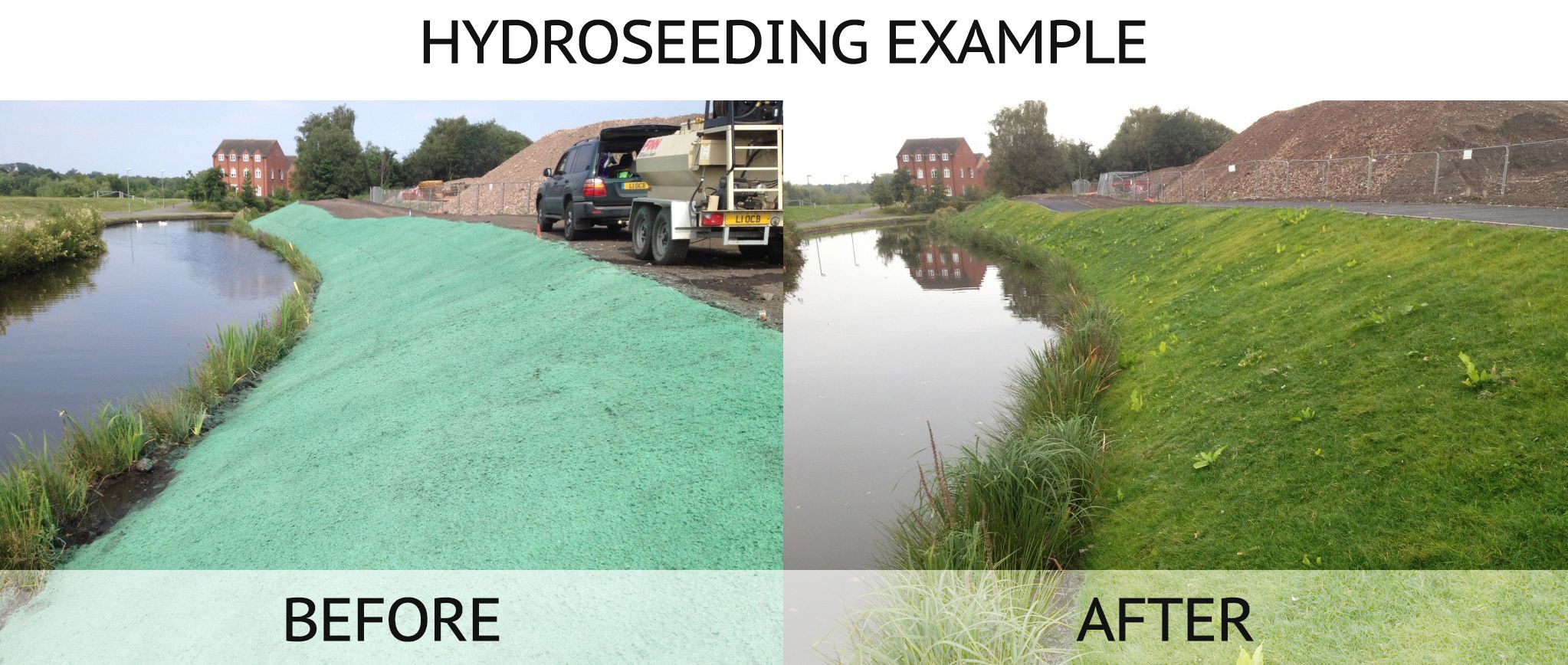Erosion is a natural process that occurs when soil, rock, or other materials are worn away by wind, water, or ice. While erosion is a natural process, it can have devastating effects on landscapes, causing soil loss, sedimentation, and damage to infrastructure. In addition, erosion can lead to environmental degradation, loss of biodiversity, and decreased water quality. As such, it is essential to implement effective erosion control measures to prevent these negative impacts.
The Importance of Erosion Control
Erosion control is crucial for maintaining the integrity of any landscape. Without effective erosion control measures, soil can be washed or blown away, leading to soil loss and decreased fertility. This can have long-term effects on plant growth, water quality, and ecosystem health. Furthermore, erosion can cause significant economic losses, particularly in areas with high-value crops or infrastructure. By implementing advanced erosion prevention measures, individuals can protect their landscapes, reduce maintenance costs, and promote environmental sustainability.

Advanced Erosion Prevention Techniques
There are several advanced erosion prevention techniques available, including geotextiles, erosion blankets, and hydroseeding. Geotextiles are permeable fabrics that are used to stabilize soil and prevent erosion. Erosion blankets are biodegradable or non-biodegradable materials that are placed on the soil surface to prevent erosion and promote vegetation growth. Hydroseeding involves applying a mixture of seed, mulch, and fertilizer to the soil surface using a specialized machine. This technique is particularly effective for large areas or areas with difficult terrain.
Erosion Control for Different Landscapes
Erosion control measures can be tailored to suit different landscapes and environments. For example, in coastal areas, erosion control measures may involve the use of seawalls, breakwaters, or beach nourishment. In mountainous areas, erosion control measures may involve the use of geotextiles, erosion blankets, or rockfall mitigation systems. In urban areas, erosion control measures may involve the use of green infrastructure, such as green roofs, rain gardens, or permeable pavements.
Benefits of Advanced Erosion Prevention
Advanced erosion prevention techniques offer several benefits, including improved soil stability, reduced maintenance costs, and enhanced environmental sustainability. By preventing erosion, individuals can protect their landscapes, reduce the risk of soil loss, and promote vegetation growth. Additionally, advanced erosion prevention techniques can help to improve water quality, reduce sedimentation, and promote biodiversity.

Case Studies: Successful Erosion Control Projects
There are several successful erosion control projects that demonstrate the effectiveness of advanced erosion prevention techniques. For example, a coastal erosion control project in North Carolina used a combination of geotextiles, erosion blankets, and beach nourishment to stabilize the shoreline and prevent erosion. Another example is a mountainous erosion control project in Colorado, which used a combination of geotextiles, erosion blankets, and rockfall mitigation systems to stabilize the slope and prevent erosion.
Conclusion
In conclusion, erosion control is a critical aspect of landscape management that requires careful consideration and planning. Advanced erosion prevention techniques, such as geotextiles, erosion blankets, and hydroseeding, offer effective solutions for preventing erosion and promoting environmental sustainability. By understanding the importance of erosion control and implementing advanced erosion prevention measures, individuals can protect their landscapes, reduce maintenance costs, and promote environmental sustainability. Whether you are a homeowner, landscaper, or environmental professional, erosion control is an essential aspect of landscape management that requires attention and action.

